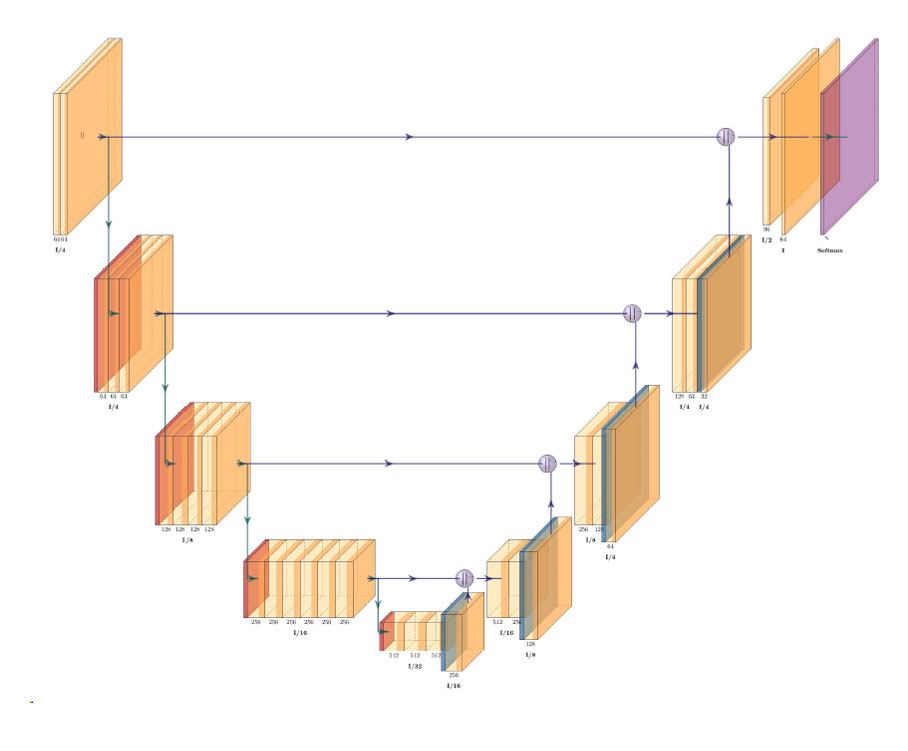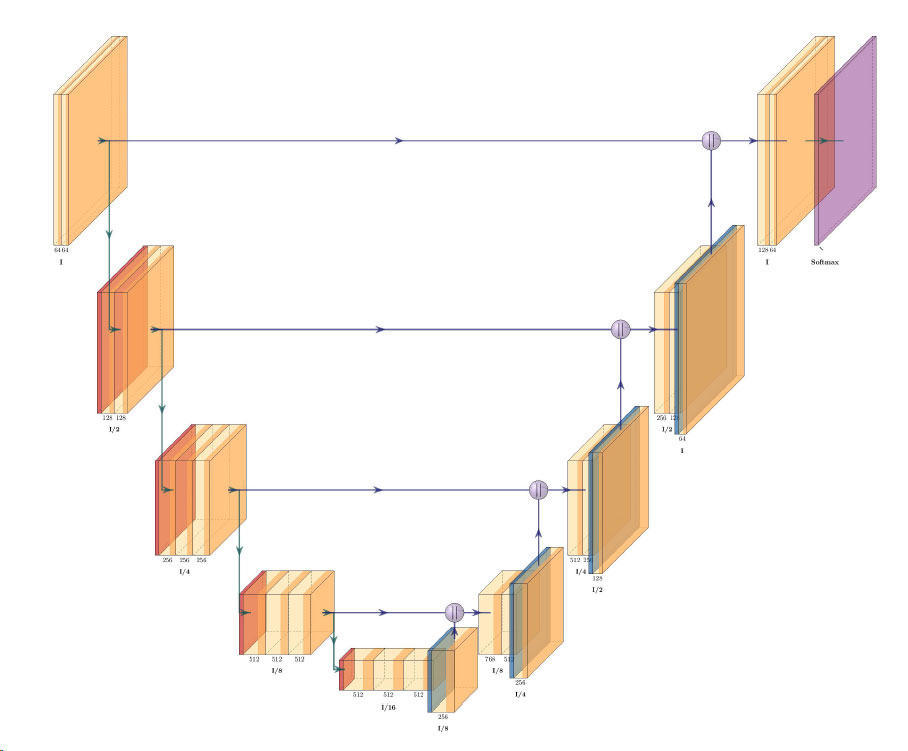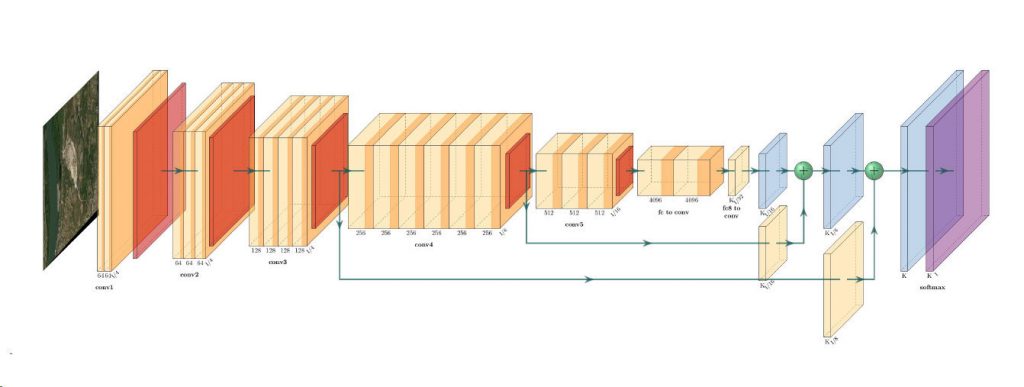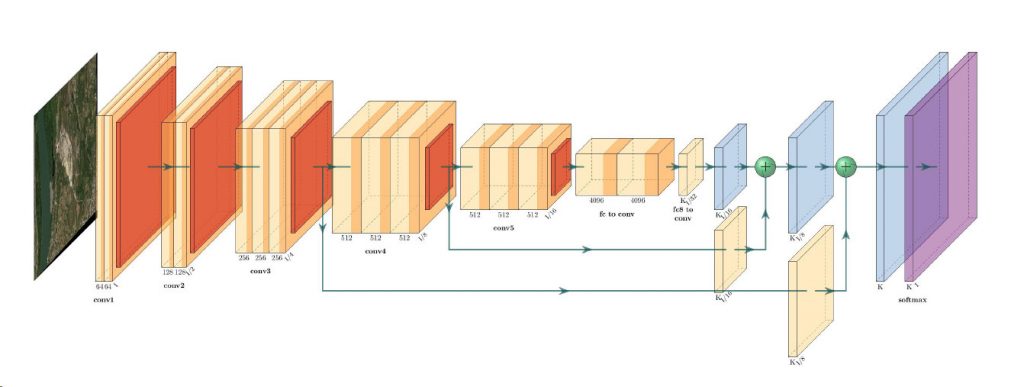Amatrice, Italy, Before and After the Quake
- European Space Imaging
On hearing about the earthquake early this morning European Space Imaging’s satellite tasking operations team managed to collect the first satellite image of the damage at 10:21 am (UTC).
If you compare it to the high-resolution satellite image taken on the 9th August 2010 you can clearly see the effects of the earthquake in the town centre of Amatrice, Italy.
![{ bandList = [ 4; 3; 2; ]} {
bandList =
[
4;
3;
2;
]
}](https://www.euspaceimaging.com/wp-content/uploads/elementor/thumbs/10AUG09_WV_EUSI-Italy-Amatrice_before_Earthquake_800px-qtba7w8amtjrf28lj4ettjssnqwbv08vo7t52ed5jy.jpg)
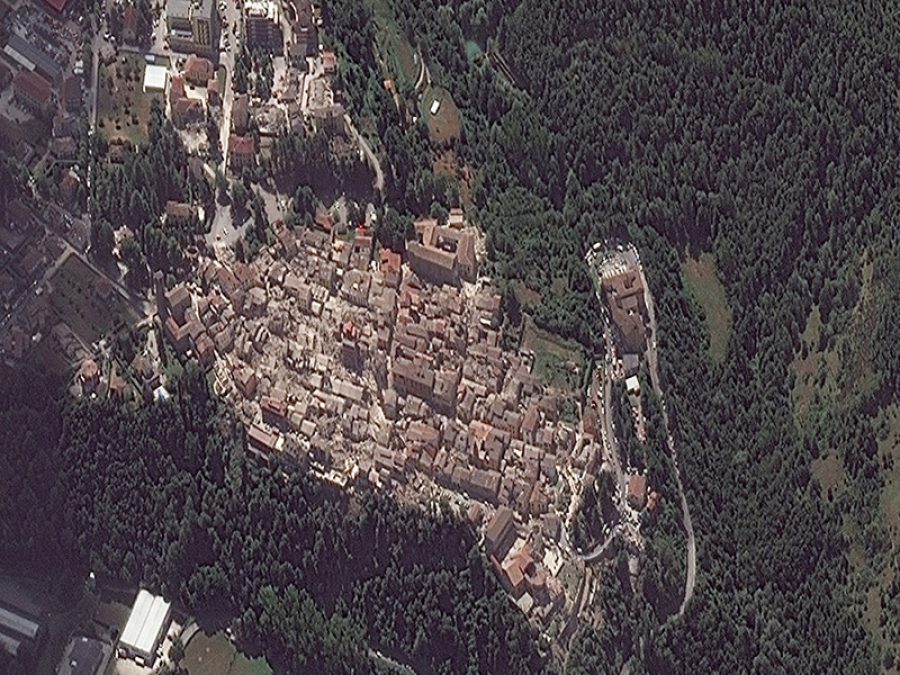
Related Stories
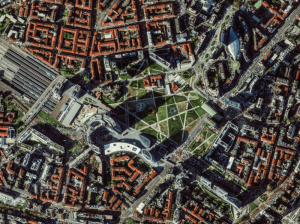
Europe’s Green and Digital Transformations with 25 Years of VHR Satellite Archive Data
Planning Europe’s future without knowing its past is impossible. The European Green Deal, Horizon Europe, the EU Biodiversity Strategy for 2030 and other policies all demand one thing: evidence. Not just today’s data, but years of history that show how our cities, forests, and coastlines have changed.
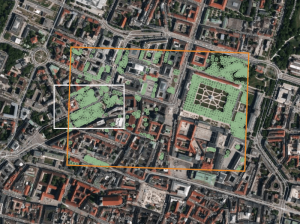
AI Uses 15 cm Satellite Images to Cut Costs and Increase Scalability in Forest Management and Urban Forestry
Forest managers across Europe face an impossible task: monitor millions of hectares with shrinking budgets while meeting increasingly strict EU environmental targets. But with the rise of AI and satellite technology, they now have new solutions at their disposal – smarter, cheaper, and more scalable – to monitor forest health, automate tree inventories, and plan sustainable logging. In this article, we introduce one of these solutions: an AI forestry algorithm developed by Arboair using 15 cm satellite data from EUSI.

GEOSeries: Extracting Insights From High Resolution SAR Imagery for Time-Sensitive Analysis
In this webinar, industry experts and advanced users of Umbra SAR data showcase how they transform SAR imagery into actionable insights in real-world mapping, monitoring and intelligence applications. See how NV5 and Umbra leverage ENVI SAR Essentials for advanced processing with time-efficient results, converting analytics into valuable intelligence.
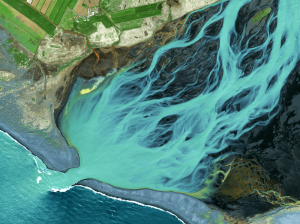
Using Satellite Imagery to Build Water Resilience Across Europe
Water across Europe is facing severe pressure. Climate change, urbanisation, agricultural demands and other sources of pollution are threatening water security and creating critical challenges that need to be addressed. We have to act quickly, build stronger systems and create sustainable water resilience practices – so that both natural ecosystems and human communities can thrive. Here is how satellite imagery from EUSI can help.


